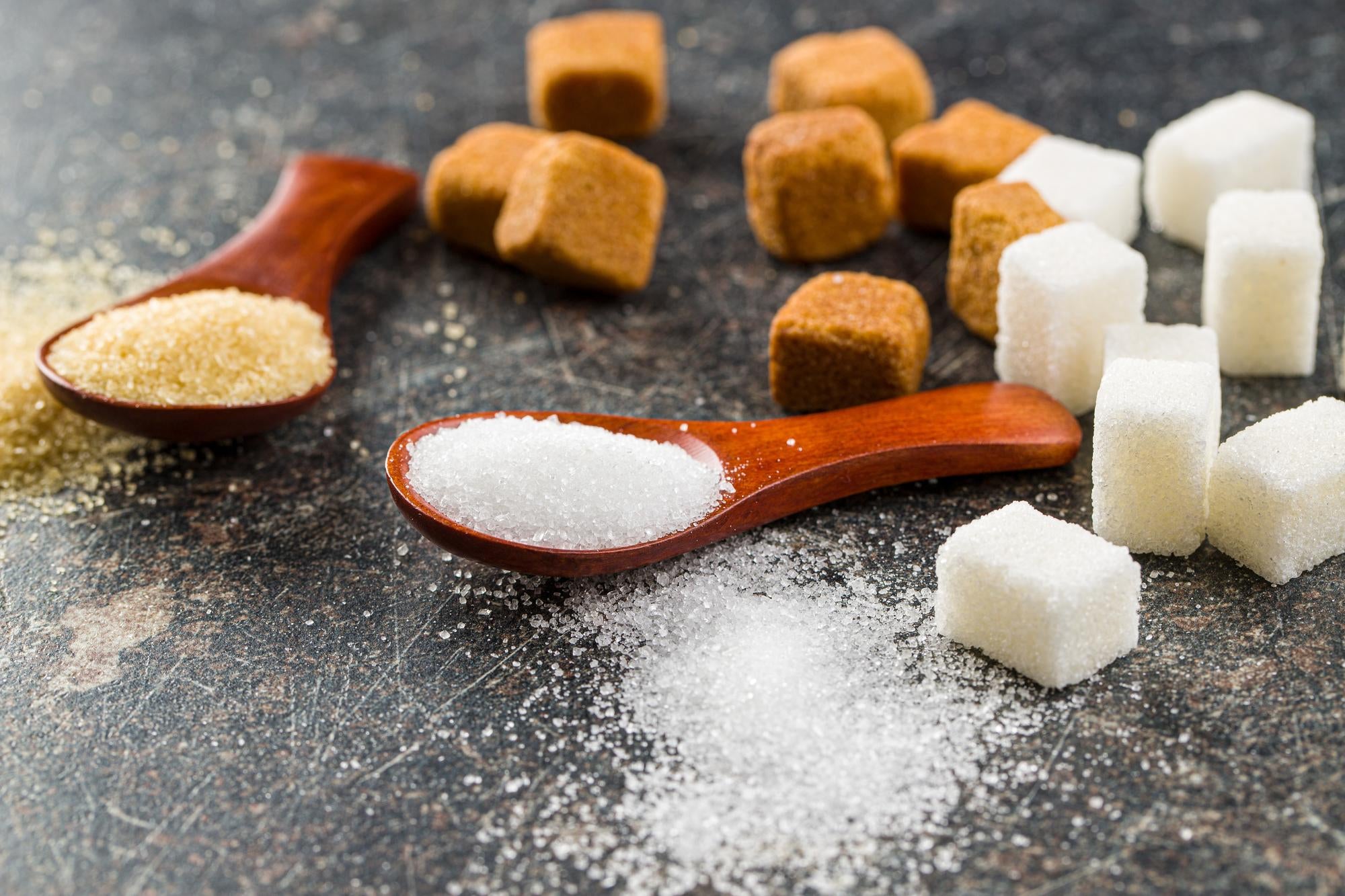Discover the Uses and Advantages of Beet Sugar Vs Cane Sugar in Your Daily Diet Plan
Discovering the distinctive high qualities of beet and cane sugar discloses greater than simply their sweetening capabilities; it highlights their distinct effect on wellness and cookeries. Beet sugar, understood for its refined taste, is often favored in fragile treats, whereas cane sugar, with its hint of molasses, adds splendor to robust recipes. Each type holds its very own dietary profile and glycemic implications, inviting a much deeper understanding of their duties in a balanced diet and lasting consumption techniques.
Beginning and Manufacturing Processes of Beet and Cane Sugar

The distinctive climates and soil types required for expanding sugar beetroots and sugarcane add to distinctions in their farming practices and geographic distribution, affecting the economics and sustainability of their production. beet sugar vs cane sugar.
Nutritional Comparison In Between Beet Sugar and Cane Sugar
Regardless of originating from various plants, beet sugar and cane sugar are nutritionally extremely similar, both mostly containing sucrose. Each gives regarding 4 calories per gram, translating to about 16 calories per teaspoon. Structurally, both sugars are composed of about 99.95% sucrose, with very little quantities of other substances like wetness and trace element, which do not dramatically change their dietary profiles.

Eventually, when picking between beet sugar and cane sugar based upon nutritional material alone, both deal similar advantages and downsides as they are essentially kinds of the same molecule-- sucrose, offering quick power without other nutrients.
Effect On Health And Wellness: Glycemic Index and Caloric Material
Checking out better into the impacts of beet sugar and cane sugar on health and wellness, it is find more essential to consider their glycemic index and caloric material. The glycemic index (GI) of both beet and cane sugar is around 65, categorizing them as high-GI foods, which can create fast spikes in blood glucose degrees.
Each kind of sugar consists of about 4 calories per gram, making their calorie material equivalent. For those keeping track of caloric consumption, particularly when managing weight or metabolic wellness conditions, understanding this equivalence is important (beet sugar vs cane sugar). Extreme consumption of any type of high-calorie, high-GI food can contribute to wellness problems such as obesity, heart illness, and insulin resistance.
Environmental and Economic Considerations of Sugar Production
Beyond health and wellness impacts, the manufacturing of beet and cane sugar additionally increases substantial environmental and financial concerns. Sugar beet cultivation has a tendency to require cooler climates and has a reduced geographical footprint contrasted to sugar cane, which thrives in tropical areas. Nonetheless, both crops are extensive in regards to water usage and land profession, possibly resulting in logging and water deficiency. Economically, the international sugar market is highly unstable, influenced by adjustments in international trade policies and aids. Many countries incentivize sugar production via financial assistance, skewing market value and affecting small-scale farmers negatively.
Additionally, making use of chemicals and plant foods in both beet and cane sugar farming can lead to soil deterioration and air pollution, more impacting biodiversity and local water bodies site web (beet sugar vs cane sugar). The option between cultivating sugar beet or cane often hinges on local environmental conditions and economic factors, making the sustainability of sugar manufacturing a complex concern
Culinary Applications and Taste Distinctions
While the ecological and economic elements of sugar production are indeed significant, the selection in between beet and cane sugar likewise influences culinary applications and taste accounts. Beet sugar, obtained from the sugar beet plant, is known for its remarkably neutral taste. This makes it a functional component in baking, where it does not alter the taste of various other components. It liquifies swiftly and is optimal for use in cakes, cookies, and breads.
Walking stick sugar, drawn out from sugarcane, typically retains molasses traces, which pass on a distinct splendor and depth. The minor variation in wetness web content in between beet and cane sugar can affect the appearance and consistency of meals, making cane sugar a preferred choice for particular recipes that profit from its one-of-a-kind properties.

Final Thought
Finally, both beet and cane sugar have distinct beginnings and production procedures, supplying comparable nutritional accounts with minor distinctions in salt material and flavor. While their influence on health and wellness, specifically relating to glycemic index and calories, is equivalent, the option between them often boils down to ecological, economic variables, and particular culinary needs. Understanding these aspects can direct customers in making informed choices go that line up with their health goals and taste choices.